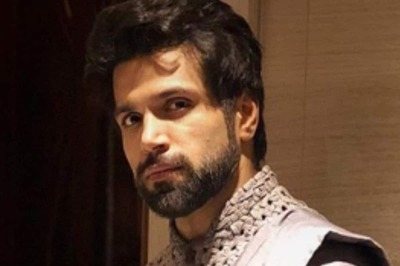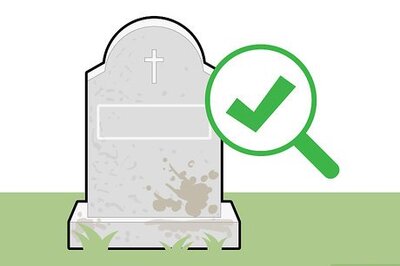
views
THIRUVANANTHAPURAM: Scientist-turned-author Simon Singh might ruffle more than just a few feathers with his talk on alternative medicine at the Hay Festival, here on Friday afternoon. The talk would be mostly from the research he conducted for his fourth and most controversial book,’Trick or Treatment - Alternative Medicine on Trial’, which he co-authored with Edzard Ernst. If you are wondering why Simon chose not to speak on particle physics, the topic in which he has a PhD and has the experience of working at CERN, or even the art of making and breaking codes on which he has written a book titled ‘The Code Book’, here is what Simon says: “I know in India these alternative medicines are hugely popular, especially homoeopathy. In most cases, there is no evidence that these kind of alternative medicines actually work. Yet, some of the practices can be quite harmful too.” While Simon says he is not brave enough to write about evolution or genetics, his straying into alternative medicine had the British Chiropractic Association going in for a long legal battle with him, which ultimately Simon won. “Had I lost, I would have lost half a million dollars. So now, I am on a fight to free science of libel. Libel laws in England are hostile to free speech and very expensive and we are fighting to change the law. Hopefully, something positive should happen in the next eighteen months,” he says. Simon’s grandfather had migrated to England from Punjab way back in 1938 and Simon’s links with India are the visits he makes once in about two years to visit his relatives. But apart from this, Simon particularly enjoyed a trip to the Deccan Traps, exploring for the BBC whether the volcanic eruptions here for thousands of years had anything to do with the extinction of the dinosaurs. Having worked at the very best of particle physics laboratories, with probably the cream of scientists working in the area, we at Express could not restrain asking him whether he, at any point in time, missed the lab atmosphere. “Not really. Most of the guys who worked with me were faster, quicker and sharper and I realised I was not going to make great discoveries that make science exciting. So I just chose the next best profession that would keep me close to science,” says Simon, who worked with the BBC for about six years, wrote four books, did radio and television shows and is now moving to theatre. Besides, his shifting to science communication, he says, has opened up a wider world of science rather than just the elusive Number 6 Quark, which he tried to track down at the CERN lab. “I could interview giants like Stephen Hawking and Richard Dawkins and do a whole lot of stories right from volcanoes to surgical cures for snoring. I took the right decision,” Simon says without a shade of doubt. Miracles inevitably trigger curiosity in this science writer and the blood miracle of the Naples Cathedral would be the most exciting science story that he did, recalls Simon. “At this cathedral, the blood of Saint Januarius is stored in a vial. Every January, the priest takes this out and turns it upside down a few times and the solid blood turns liquid. Later I found from a chemist friend that there are thixotropic substances that that are solid under normal conditions, but flow when shaken. I use rationality to explain irrationality,” says Simon, who authored ‘Fermat’s Last Theorem’ on the world’s most notorious mathematical problem. Simon Singh is accompanied by his wife Anita Anand, who is a political correspondent in the UK and their 20-month-old son Hari. ‘’I want to take him all around India”.


















Comments
0 comment